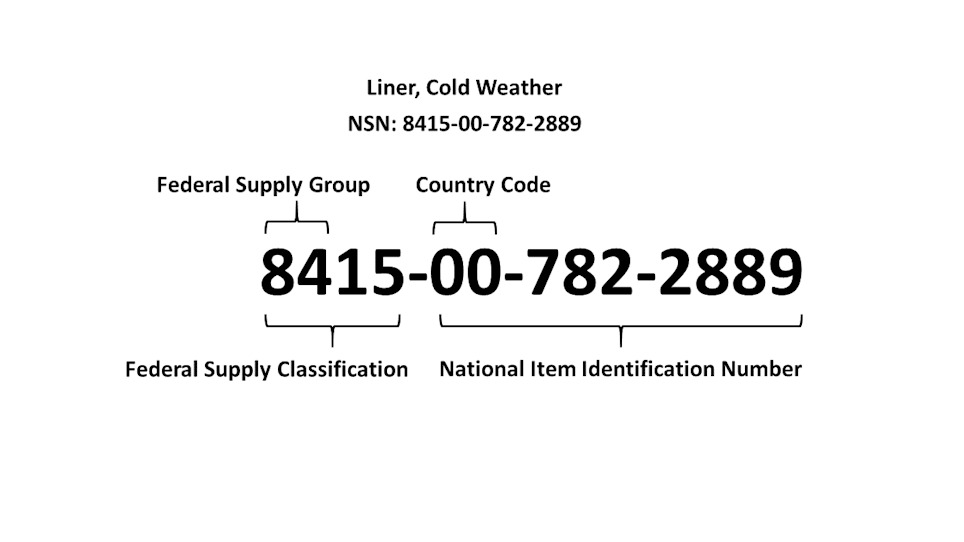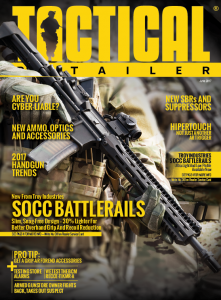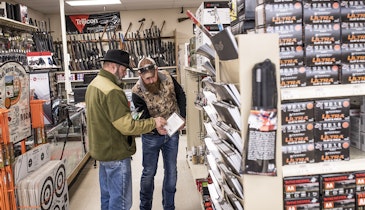If you’re in the business of selling new or surplus tactical clothing and equipment, you’ve run across markings on items with “NSN” followed by a 13-digit number. This is a national stock number, sometimes referred to as a NATO stock number. The number is designed to identify items in the standard stock system. The NSN is broken down into components that can tell you about the item without even knowing its nomenclature.
The first four digits are broken down in half. The first two digits identify the federal supply groups (FSG), while the next two identify the federal supply classes (FSC). In the surplus business, you’re going to see lots of 8400-series. That is where organizational clothing and individual equipment fit in.
The next two digits are the country code. Older 11-digit numbers, called federal stock numbers, don’t have the two-digit country code. When those were transitioned to NSN configuration in 1974, the two-digit “00” was assigned to them. Everything assigned a new NSN received Country Code 01. The United States has “00-10” as country codes. Rarely will you ever encounter it, but Country Code 02 has been used for some developmental systems. I have never encountered digits 03-10 in use, even as placeholders, so there’s plenty of room for growth in the U.S. set of NSNs.
Including the country code, the remaining digits make up the National Item Identification Number (NIIN). That is the actual number of the item. The federal supply class numbers at the beginning help characterize the item.
There are tens of millions of items with NSNs. The reason there are so many numbers is that major end items such as tanks or airplanes, have an overall NSN for a complete system, and then each component has its own NSN. That is so individual repair parts can be ordered to perform maintenance. In the U.S., each NSN has an item manager who works with suppliers at one of DLAs centers to control costs and ensure gear is available for the warfighter.
There was a time when all items with NSNs were stocked in a warehouse somewhere by the government. Everything had to be on the shelf and ready to go. Now, the Department of Defense has adopted a “just-in-time logistic” principle to many items. They purchase using “Indefinite Delivery, Indefinite Quantity” contracts that place the burden of holding shelf stock on the supplier who must deliver directly to the customer as items are ordered.
From the taxpayer’s perspective, such practices make sense. In addition to the burden of many more items being used by our troops, it’s expensive for DLA to purchase, transport, store and maintain items that will not be immediately consumed, with billions of dollars of inventory sitting on shelves.
As war funding has abated, there has been a move to return to the use of NSN items.
NATO STANAGs 3150 and 3151 guide the NATO Codification System and, other non-NATO countries have also adopted the system. You may not see much issued equipment coming out of Japan (Country Code 30), but quite a bit of Australian kit (Country Code 66) makes it to disposals, which is how to refer to the government surplus market.
Country codes are assigned by the Country Codification Bureau and is easily searched on the internet. If you run across a newer piece of foreign surplus and you want to learn more about its origins, a cross reference of the country code helps. All in all, 55 countries as well as NATO itself and the UN have country codes assigned. There are even a few you wouldn’t expect, such as the Russian Federation.
However, use of the NSN by U.S. allies makes a lot of sense as it simplifies the use of common weapon systems and facilitates aid to one another across different logistic infrastructures.
Occasionally, you will run across numbers that don’t quite look right. For example, the NSN will include letters right after the country code section of the NIIN. Those don’t show up often and denote locally assigned numbers for specialized items purchased in limited quantities not available for requisition by other organizations. These days, local purchases are common, and various mechanisms, including use of government purchase cards, are used to buy such items. However, letters in the last digit of the NIIN are commonplace. As more enter the stock system, the use of letters at the end of the NIIN was standardized rather than adding additional digits to the length of the NSN. At the time this article was written, letters “A-C” are being used.
Some of your customers will look for government-issued items or contract overruns with NSNs as a sign of quality. Others will seek items out as a collector.
Eric Graves is the editor of the leading tactical-equipment blog Soldier Systems Daily and is a former Air Force officer. Featured photo: NSN breakdown.







